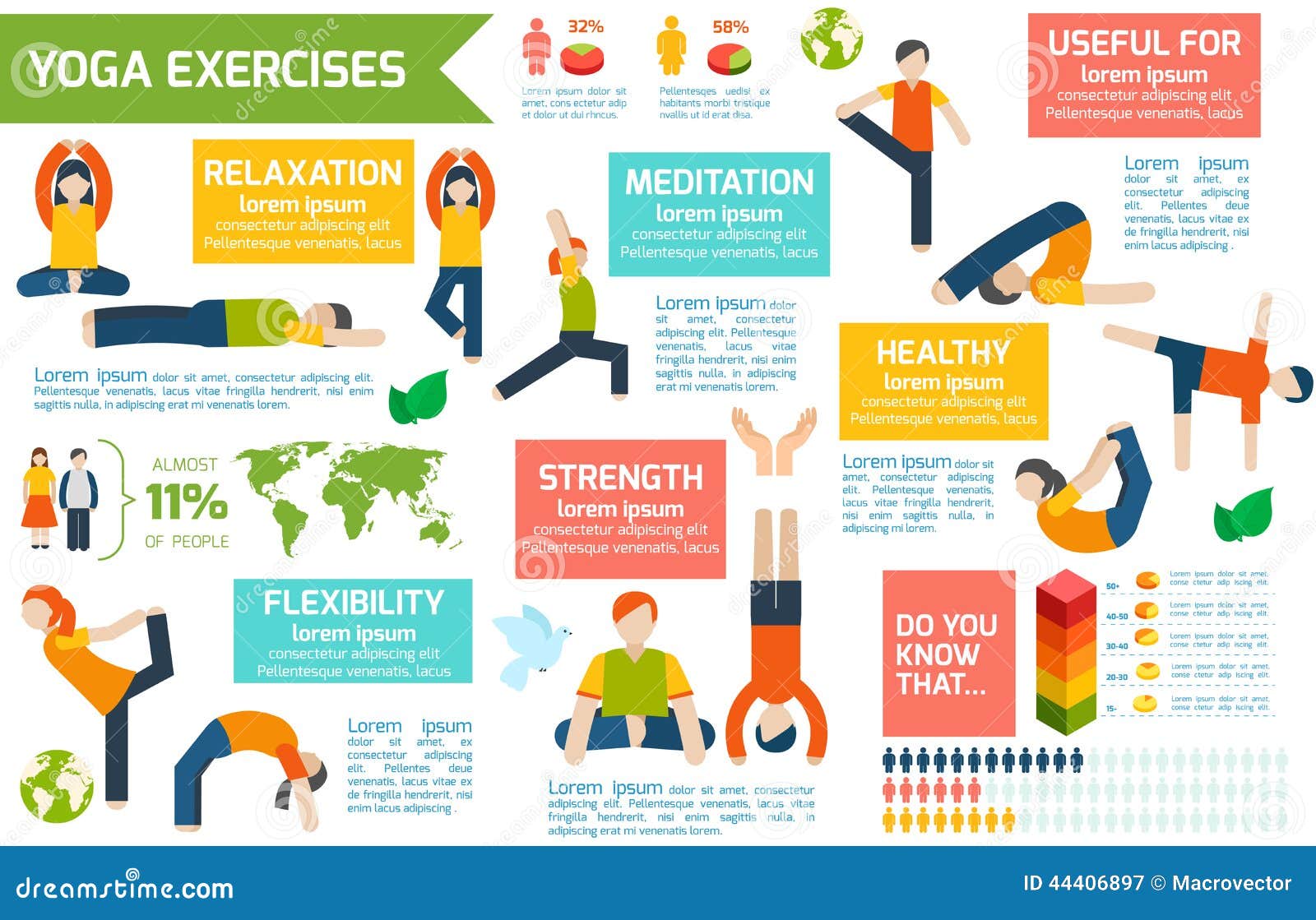
rasa is the "elixir", the "alchemy", the "taste" or essence of any impression; the aesthetic experience in transcendence; the emotional fulfillment of the soul; the nectar of life:))
Thursday 28 December 2017
Wednesday 27 December 2017
Tuesday 26 December 2017
Friday 22 December 2017
Thursday 21 December 2017
Wednesday 20 December 2017
Tuesday 19 December 2017
Friday 15 December 2017
Thursday 14 December 2017
Awaken Energy Inside You - CHAKRAS!
Caught in a stressful, anxious, or heart-pounding situation? Stop and take a few deep breaths and just see what happens. Yogi philosophy has brought with its theories on the human body that you may not encounter every day. For those who are curious, here are interesting facts and features about chakras, including the physical and emotional roles that they play and influence in your life.
In the west, most people associate yoga with primarily physical poses, but yoga’s foundations lie in a meditative practice based on chakras. The chakras are concentrated points of energy that are placed along your body from the top of your head down to your sacrum, each with their own corresponding color, purpose, and function.
The seven main chakras that run along your body are said to control both your physical and emotional well-being. When one of these is out of sync, it affects your well being.
Knowing, understanding, and working with your chakra energy will create a better physical and emotional alignment with you. Today’s infographic is a great guide to learning the basics and which yoga poses open those energy centers.
Wednesday 13 December 2017
Tuesday 12 December 2017
Vyana Vayu Mudra – Hand Gesture for Vyana Flow.
Vyana Vayu Mudra is a hand mudra or gesture used for improving blood circulation and regulating blood pressure. In Ayurveda, the thumb represents the fire element, the middle finger indicates space element and the index finger, the air element. Vyana Vayu mudra brings together these three elements, which is said to give therapeutic benefits.
Vyana Vayu is primarily responsible for the circulation of blood in the entire body. It is responsible for distributing oxygen and nutrition to all the cells in the body through the circulatory system. Disturbances in Vyana Vayu can cause blood pressure problems.
Vyana Vayu Mudra is aimed at improving the function of Vyana Vayu, namely the blood circulation. It is easy to practice and can be practiced any time of the day.
How to do Vyana Vayu Mudra?
- Sit in any comfortable seating posture. Meditation postures like Padmasana, Siddhasana, Swastikasana, Vajrasana, etc. are ideal for the practice of mudras. Sukhasana and Ardha Padmasana may also be used. It can also be done sitting on a chair with spine straight or even in the standing pose if you are not able to sit on the floor.
- In the sitting position, place the hands with palm pointing upwards on the thighs or the knees.
- Close your eyes and take few deep relaxed breaths with awareness of the breathing process.
- Bring your index and middle finger together and bend it over to touch your thumb. The little and ring fingers should be pointed straight. You can do it on both hands. This is the Vyana Vayu hand mudra.
- Remain in this position for 15 to 30 minutes as per your convenience. Maintain your awareness of the energy flow in the body. Feel the changes that the mudra brings about in your system.
- To release the mudra, relax the fingers and open your eyes.
Benefits of Vyana Vayu Mudra
- Vyana Vayu Mudra helps to regulate the blood circulation. High as well as low blood pressure can be balanced using this mudra.
- It removes drowsiness and excessive sleep.
- Vyana Vayu Mudra can give better control of response to temperature. Those who cannot tolerate excessive heat can benefit from this mudra.
- It gives control over excessive thirst, sweating, and urination.
- Vyana Vayu mudra can be used to control diarrhoea.
Thursday 7 December 2017
Wednesday 6 December 2017
Friday 1 December 2017
Chinnamasta!

"Chinnamasta" is shiveringly awe-inspiring. Headless, she holds a cleaver in one hand and her own head, crowned with flowing hair, in the other. Three streams of blood spurt from her neck. Her two naked attendants are drinking her blood, which streams into their mouths. Chinnamasta demands that we look for the sacred in the forbidden and the terrifying."
From "Awakening Shakti" by Sally Kempton
Subscribe to:
Posts (Atom)
![How to Give a Full Body Massage [INFOGRAPHIC]](https://i.pinimg.com/564x/f2/d5/ea/f2d5eab7ac48f36ea304401c5c5a11a9.jpg)




